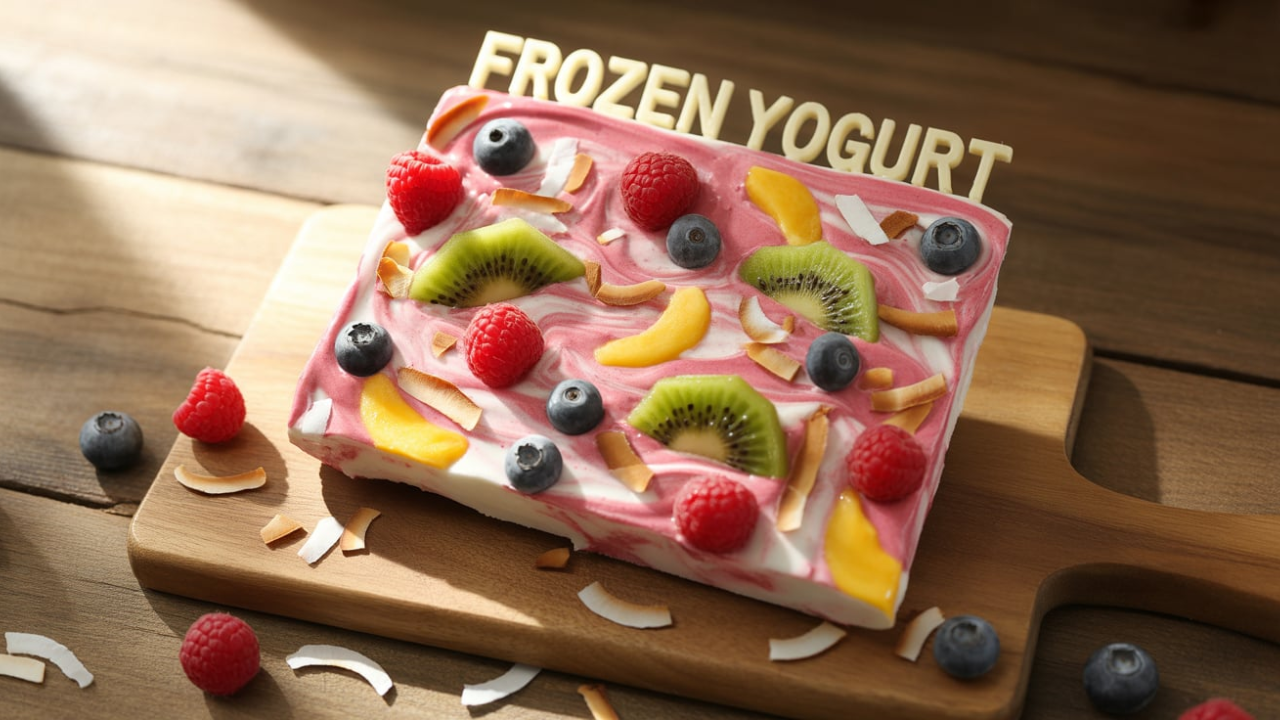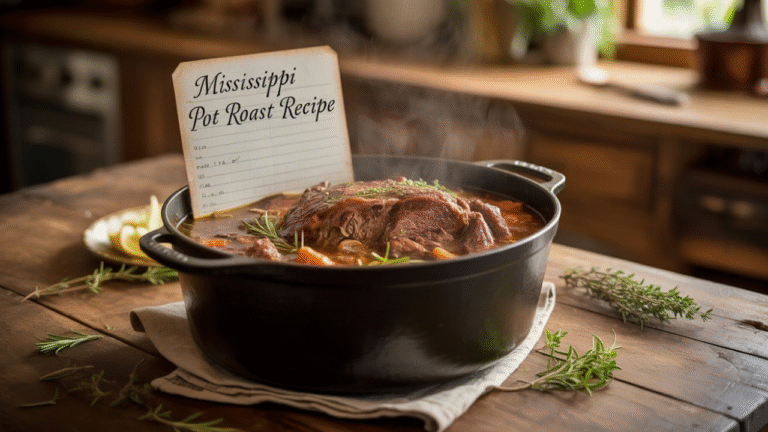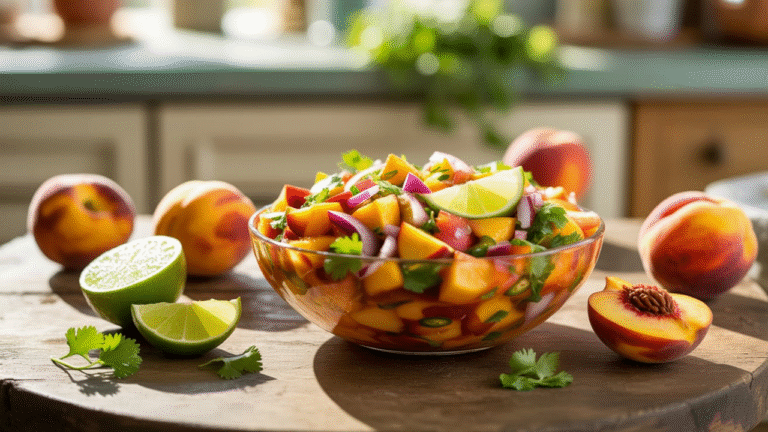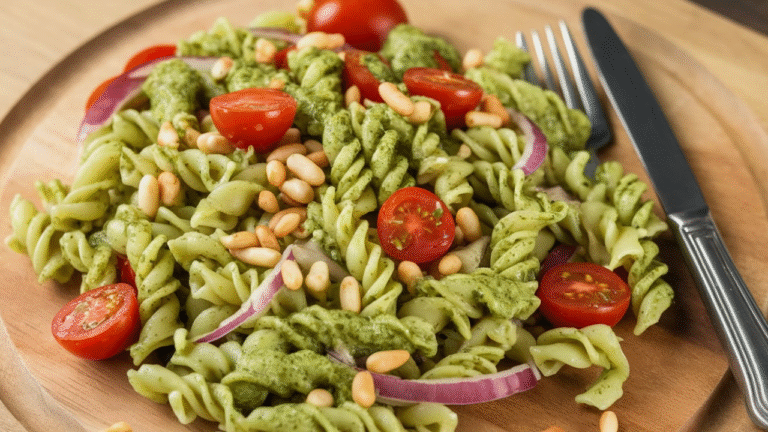Frozen yogurt bark isn’t just another trendy Pinterest snack—it’s the kind of recipe that makes you feel clever in the kitchen without needing a culinary degree. It’s easy, quick, healthy, and customizable, which is why it’s become a go-to for busy parents, health-conscious snackers, and anyone with a sweet tooth but not enough time for complicated desserts.
In less than 15 minutes of prep (plus freezing), you can have a snack that kids will devour and adults will secretly stash for themselves.
Let’s walk through everything you need to know—from ingredient choices to storage tips, flavor ideas, and even ways to sneak in extra nutrients—so you can make the perfect frozen yogurt bark every single time.
Understanding the Magic of Frozen Yogurt Bark
At its core, frozen yogurt bark is a base of yogurt spread thin and topped with fruit, nuts, chocolate, or whatever you love, then frozen until firm and broken into pieces. It’s simple, but the details make the difference between an average snack and one that disappears from the freezer before you know it.
The reason it works so well is a combination of creamy, tangy yogurt that balances natural sweetness from fruit or honey. Unlike ice cream, it’s lighter and packed with probiotics, especially if you choose live-culture yogurt.
This snack also wins because it’s highly adaptable—whether you want it to be naturally sweetened, protein-packed, dairy-free, or extra indulgent, you can tweak it without ruining the texture or flavor.
Choosing the Right Yogurt

The yogurt you pick determines the texture, flavor, and nutritional value of your bark. Here’s what to consider:
- Greek Yogurt – Thick, creamy, and protein-rich. Gives your bark a solid, rich bite.
- Regular Yogurt – Softer and lighter in taste. May result in slightly icier bark.
- Non-Dairy Yogurt – Coconut, almond, oat, or soy-based yogurts work great for dairy-free versions. Choose unsweetened for full control over sugar content.
- Full-Fat vs. Low-Fat – Full-fat yogurt freezes smoother with less iciness; low-fat can be lighter but sometimes more icy.
Pro tip: If you want bark that’s creamy instead of icy, opt for full-fat Greek yogurt. The fat content prevents large ice crystals from forming, keeping the texture pleasant.
Sweetening Without Overdoing It
One of the best things about frozen yogurt bark is that you can control sweetness. You can skip added sugar entirely if your toppings are naturally sweet, or you can enhance the flavor with:
- Honey – Adds a floral sweetness and pairs well with berries.
- Maple Syrup – Warmer, caramel-like notes.
- Agave Nectar – Great for a mild sweetness that won’t overpower fruits.
- Stevia or Monk Fruit – For a no-sugar option.
You only need 1–3 tablespoons for the whole batch, depending on your taste and toppings.
Picking the Best Toppings

Toppings turn your bark from plain to wow-worthy. Here are topping categories to think about:
- Fresh Fruit – Strawberries, blueberries, kiwi, raspberries, mango, pineapple. Cut into small pieces so they freeze evenly.
- Dried Fruit – Cranberries, raisins, chopped apricots. Adds chewiness.
- Nuts & Seeds – Almonds, pistachios, sunflower seeds, pumpkin seeds for crunch and nutrition.
- Chocolate – Dark chocolate chips, cacao nibs, or a light drizzle of melted chocolate for indulgence.
- Extras – Coconut flakes, granola, chia seeds, or even edible flowers for a pretty touch.
The key is to not overload—too many toppings make it harder to break into clean pieces.
Step-by-Step Recipe – Basic Frozen Yogurt Bark
Ingredients:
- 2 cups full-fat Greek yogurt (plain or vanilla)
- 2–3 tablespoons honey or maple syrup
- 1 teaspoon vanilla extract (optional)
- 1 cup mixed berries (strawberries, blueberries, raspberries)
- 2–3 tablespoons chopped nuts or seeds
- Optional: 2 tablespoons mini chocolate chips or cacao nibs
Instructions:
- Prepare a baking sheet – Line it with parchment paper or a silicone baking mat.
- Mix the yogurt base – In a bowl, combine yogurt, sweetener, and vanilla. Stir until smooth.
- Spread the yogurt – Pour onto the lined baking sheet and spread to about ¼-inch thick.
- Add toppings – Scatter fruit, nuts, and extras evenly. Press lightly so they stick.
- Freeze – Place the baking sheet flat in the freezer for at least 3–4 hours, or until completely solid.
- Break into pieces – Once frozen, lift parchment and break into bark pieces.
- Store properly – Keep in a freezer-safe container or bag for up to 2 months.
Making It Kid-Friendly
If you want kids to actually choose frozen yogurt bark over store-bought popsicles, here’s what works:
- Fun Shapes – Spread yogurt in silicone molds (stars, hearts, animals) instead of one big sheet.
- Color Variety – Use different fruits for rainbow patterns.
- Involvement – Let kids choose toppings and sprinkle them on.
- Mini Bites – Make smaller bark pieces for little hands.
Nutritional Benefits That Make It a Win

A serving of frozen yogurt bark (about 2–3 pieces) can be under 150 calories, depending on toppings. With Greek yogurt, you can get 8–10 grams of protein per serving, plus probiotics for gut health.
Fruit adds vitamins, antioxidants, and fiber, while nuts and seeds contribute healthy fats and minerals. It’s a snack that satisfies cravings while fueling your body.
Creative Flavor Variations
If you make the same bark every time, it gets boring. Here are winning flavor combos:
- Berry Chocolate Crunch – Strawberries, blueberries, dark chocolate drizzle, sliced almonds.
- Tropical Paradise – Mango, pineapple, toasted coconut, chia seeds.
- PB & J – Swirl peanut butter into yogurt, top with strawberries and a few dark chocolate chips.
- Apple Pie Bark – Cinnamon yogurt, dried apples, walnuts, a touch of maple syrup.
- Mocha Almond – Mix instant coffee into yogurt, top with almonds and dark chocolate shavings.
Common Mistakes and How to Avoid Them
- Bark too icy? – Use full-fat yogurt and keep layers thicker than paper-thin.
- Toppings falling off? – Press them lightly into yogurt before freezing.
- Lack of flavor? – Don’t forget a little sweetener or a swirl of jam.
- Soggy texture after thawing? – Eat straight from the freezer; yogurt-based bark softens quickly.
Storing and Serving Tips
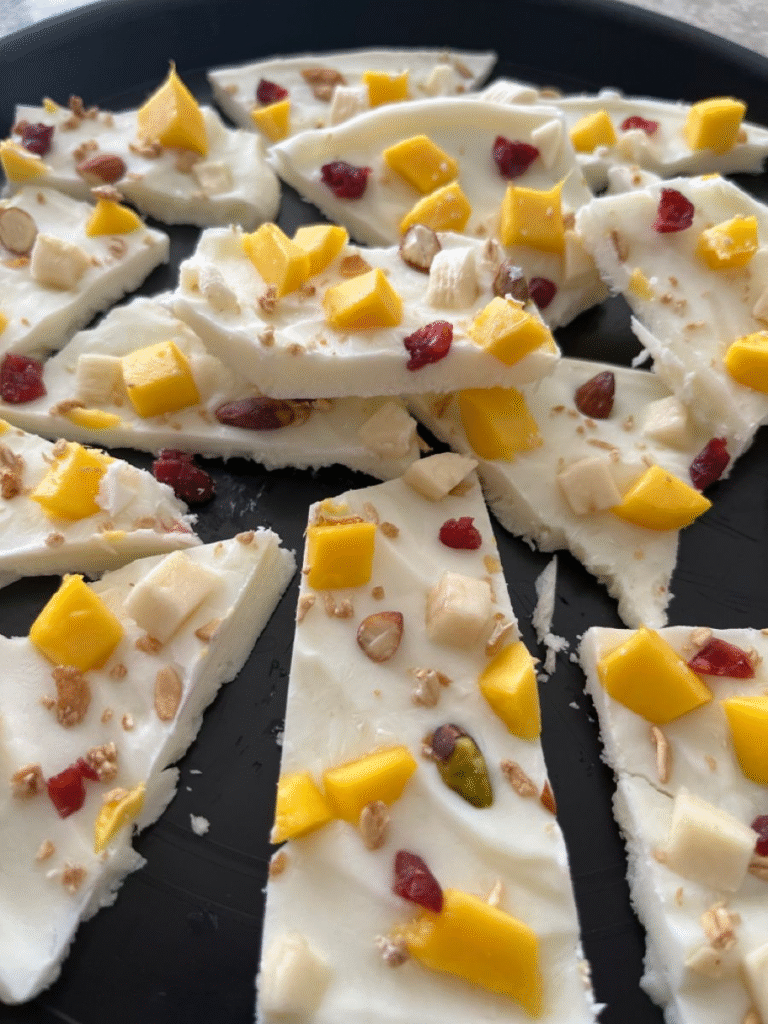
Frozen yogurt bark should be stored in an airtight container in the freezer to prevent freezer burn.
For serving, take out only what you plan to eat immediately—it melts fast. If you want a softer bite for kids, let it sit at room temperature for 1–2 minutes before serving.
Why This Recipe Works for Any Lifestyle
Whether you’re a busy parent, meal-prepper, or just trying to snack smarter, frozen yogurt bark fits into almost any diet—low sugar, high protein, gluten-free, vegetarian, or dairy-free (with alternative yogurt). It’s a grab-and-go snack that keeps you from reaching for less nutritious options.
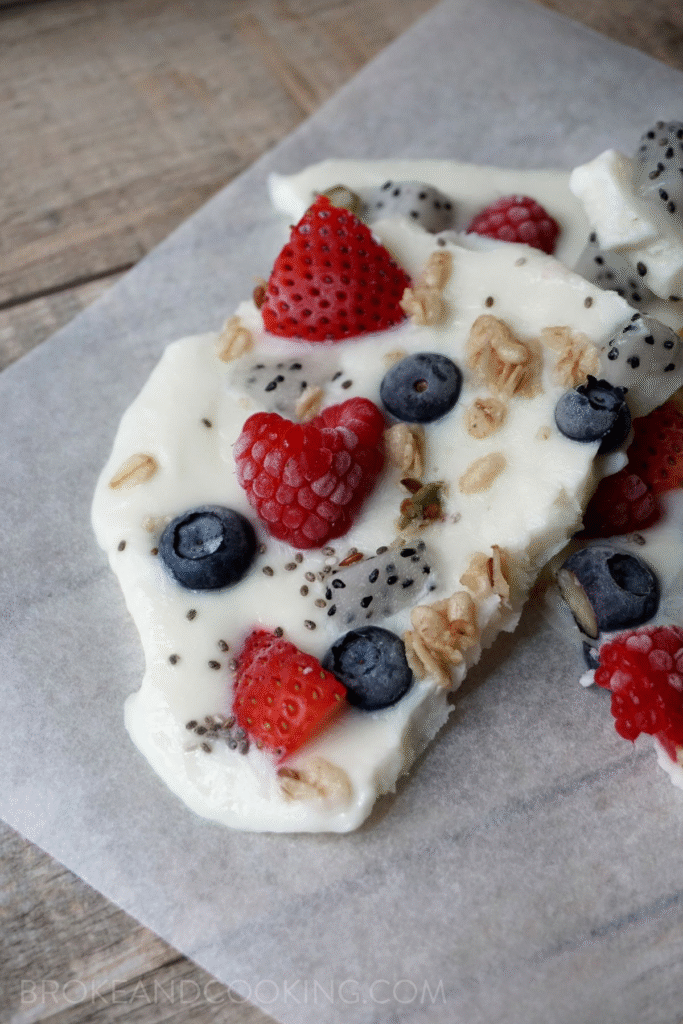
Final Thoughts
Frozen yogurt bark is proof that healthy eating doesn’t have to be complicated. With just a few ingredients, you can make a snack that’s visually appealing, customizable, and truly enjoyable for all ages. Once you try it, it might just become a permanent resident in your freezer.
And remember—like any good recipe, the best version is the one you tweak until it’s perfect for you.

